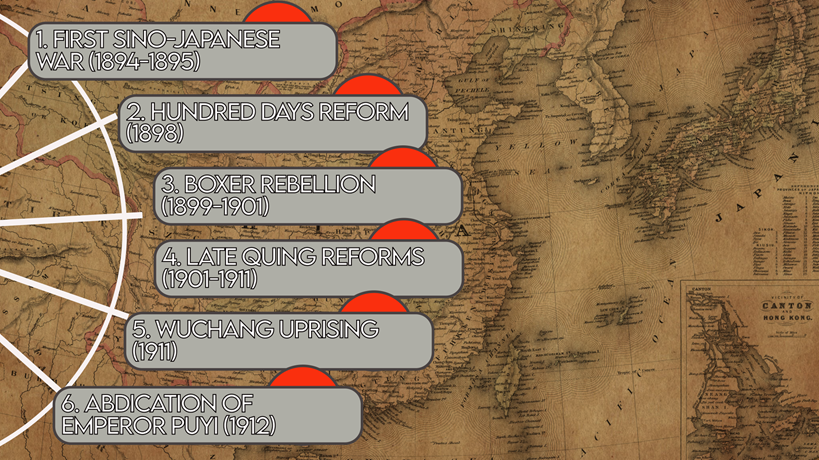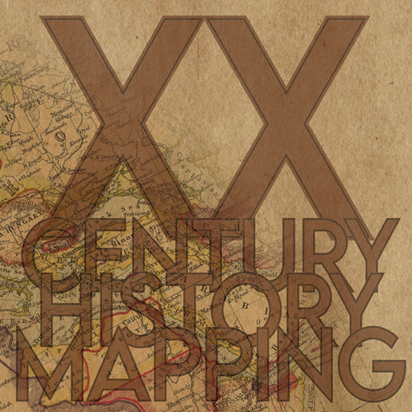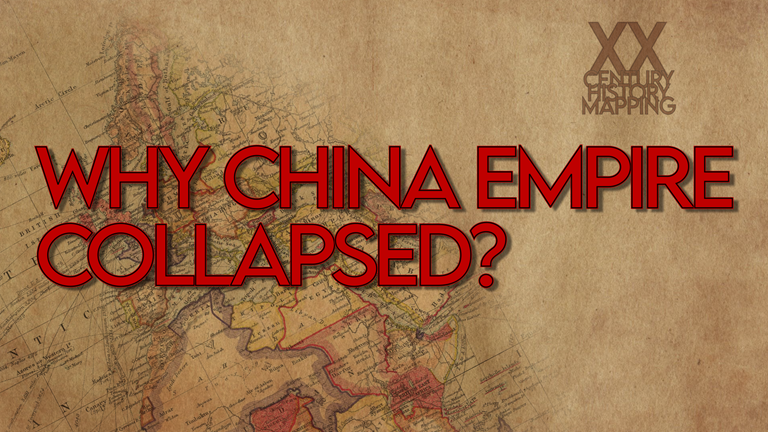At the start of the 20th century, the millennia-old Chinese empire ceased to exist. Out of the turmoil, the Republic of China was created. For better understanding, the transition can be divided into 6 stages.

This period of upheaval began with the First Sino-Japanese War (1894)
Huge China lost this war to a much smaller Japan, and the significantly weakened Chinese government was pressed to start the policy of the Hundred Days’ Reform in 1898 – an ambitious but ultimately unsuccessful attempt to modernize and strengthen the empire.
Then the Boxer Rebellion followed, exposing the fragility of Qing authority and leading to further foreign intervention.
As a result, Imperial rule was weakened even more. Then came reforms again – the so-called “late Qing Reforms”, lasting a decade, aimed to save the dynasty through modernization efforts, yet they could not stop the tide of changes.
Then, the pivotal Wuchang Uprising in 1911 ignited the Xinhai Revolution, a nationwide revolt against imperial rule. This movement reached its climax with the abdication of Emperor Puyi in 1912, marking a monumental transition from empire to republic.
These steps reflect a period of intense struggle and transformation, highlighting the complexities of China’s path to modernization and self-determination.
Each of these phases requires a separate article.
To understand this period of fundamental changes is better to use as a starting point the First Sino-Japanese War of 1894. This conflict, marking the beginning of China’s transition towards the Republic, was a critical precursor to the events leading to the fall of the Qing Dynasty.
Before moving to the events of the China-Japanese war, let’s familiarize ourselves with the major players in the the Chinese politics at that time:

Empress Dowager Cixi: A dominant figure in the Qing Dynasty, Empress Dowager Cixi effectively controlled the Chinese government for much of the late 19th and early 20th centuries. Although not a ruler in her own name, she exercised enormous power as a regent first for her son, the Tongzhi Emperor, and then for her nephew, the Guangxu Emperor. Her influence on Chinese politics, including her handling of the First Sino-Japanese War and her resistance to reforms, was significant.
- Hi! I am Tom and I am helping our esteemed narrator with providing more context. Empress Dowager Cixi (1835–1908), a pivotal figure in the late Qing Dynasty of China, was often called a “dowager” because of her status as the widow of a late emperor and the mother of the succeeding emperor.
- Cixi’s ascent to power began after the death of her husband, the Xianfeng Emperor, in 1861. Upon his death, their only son, the Tongzhi Emperor, ascended to the throne at the age of five and she acted as a regent.
- The notable historian Jonathan Dermot Spence in his book The Search for Modern China w rote: “Cixi’s rule was marked by both conservatism and an openness to change, and her ability to maintain power in a male-dominated world was remarkable. Yet, her reluctance to fully embrace reform until it was too late contributed to the Qing Dynasty’s eventual downfall.”
- Guangxu Emperor: The eleventh emperor of the Qing Dynasty, the Guangxu Emperor came to the throne in 1875 but was largely overshadowed by the Empress Dowager Cixi. Despite his limited power, the Guangxu Emperor is known for initiating the Hundred Days’ Reform in 1898, an ambitious but ultimately failed attempt to modernize China’s institutions and military.
- Li Hongzhang: A leading statesman and diplomat of the late Qing Dynasty, Li Hongzhang played a crucial role in China’s foreign relations and military affairs. He was a key figure in negotiating treaties with Western powers and Japan. During the First Sino-Japanese War, Li was tasked with leading the peace negotiations following China’s defeat, resulting in the Treaty of Shimonoseki in 1895.
- Zhang Zhidong: Another prominent Qing official, Zhang Zhidong, advocated for a policy of “Chinese learning as the foundation, Western learning for practical use,” which aimed to modernize China by adopting Western technology and military reforms while retaining Confucian principles and governance structures. He was a significant figure in the Self-Strengthening Movement, which sought to strengthen China in the late 19th century.
- Yuan Shikai: Initially a military leader and reformer, Yuan Shikai rose to prominence through his efforts to modernize the Chinese army. Although his most significant political roles came later, by 1894, he was already involved in military and administrative reforms. Yuan’s influence would grow in the years following the First Sino-Japanese War, eventually leading to his proclamation as the first President of the Republic of China in 1912.
- Now, when the stage is set, lets turn our attention to the events of the First Sino-Japanese war, which will be the theme of the next video. We will see you there!

